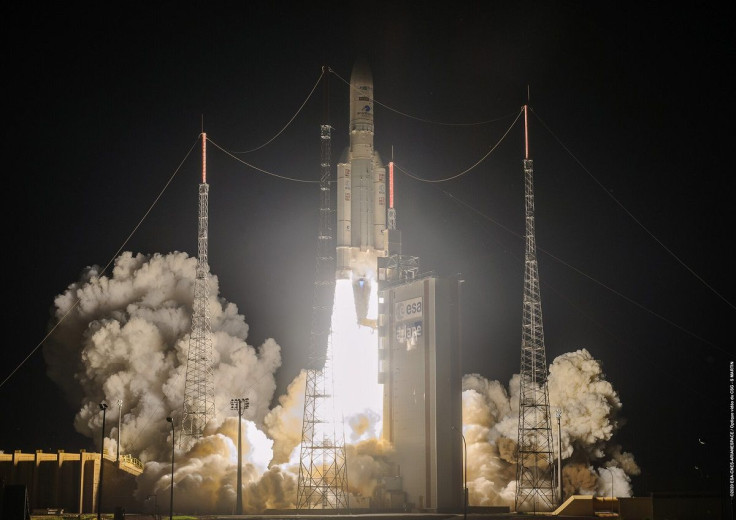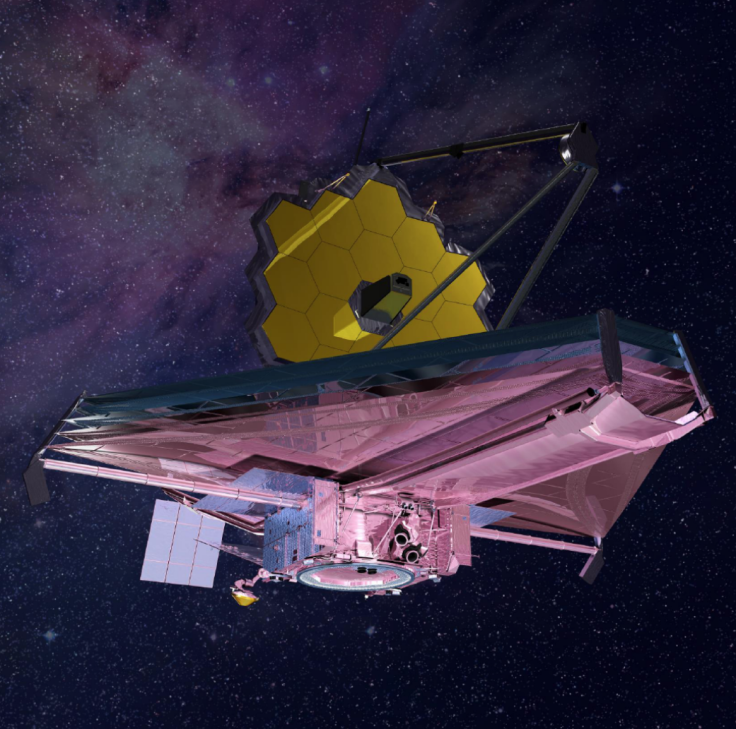Ariane 5 Launches Broadcast Satellites, Mission Extension Vehicle Into Orbit

KEY POINTS
- The Ariane 5 successfully launched from Europe's Spaceport in French Guiana on Sunday
- It delivered two broadcast satellites and a satellite-reviving vehicle
- The launch had several modifications that will also be used for future missions
Two new telecom satellites and a satellite life extension vehicle were successfully delivered into orbit after Ariane 5's third launch for 2020. The mission also had several updates that could prove useful for future launches, including that of the James Webb Space Telescope.
On Aug. 15 at 6:04 p.m. EDT, Ariane 5 flight VA253 lifted off from Europe's Spaceport in French Guiana and successfully delivered its payload into the planned orbit.
The first satellite to be released was Intelsat’s Galaxy-30, followed by Northrop Grumman's Mission Extension Vehicle-2 (MEV-2) seven minutes later and the Broadcasting Satellite System Corporation's BSAT-4B some 13 minutes after MEV-2's release.
Galaxy-30 and BSAT-4B are telecom satellites, with the former said to be capable of "high-performance broadcast distribution" for customers in North America and the latter providing the capability for ultra-high definition television services in the Japan archipelago. Both satellites have a design life of 15 years.
MEV-2 is Northrop Grumman's second satellite life extension vehicle following MEV-1, both of which were designed to dock onto client geostationary satellites that are close to fuel depletion and supply the fuel to extend its life. Once an MEV's services are no longer needed, it can simply undock and move on to another client satellite.
MEV-1 performed its first first docking to a client satellite, which happens to be an Intelsat satellite, on Feb. 20. MEV-2's first client satellite will also be an Intelsat satellite.
For this flight, several technical modifications that will also be used in future Ariane 5 and Ariane 6 missions have also been installed. This includes an autonomous tracking kit, called Kassav, and an alteration that would allow pressure to equalize in the fairing before falling away from the rocket. According to the European Space Agency (ESA), the latter was a part of the preparation for the launch of the James Webb Space Telescope, which is so far set for October of 2021.
"These changes mitigate concerns that residual air pressure in the folds of the JWST sunshield membranes could cause high stresses at the time of fairing separation, potentially damaging sensitive components," the ESA said in a news release.

The Aug. 15 launch is said to be the 109th Ariane 5 mission and the first launch after the restart of operations at the Spaceport in French Guiana after launches were canceled due to the coronavirus pandemic.
© Copyright IBTimes 2025. All rights reserved.






















